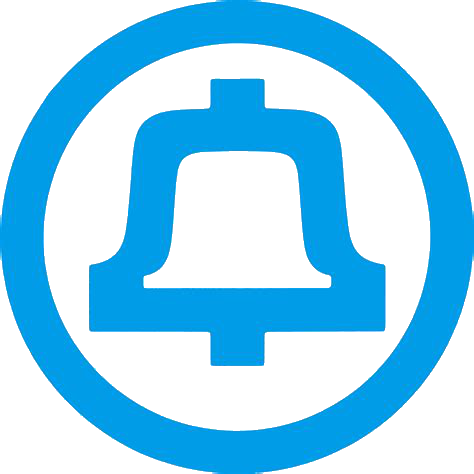CMS:CX 100 Switch

The museum's CX 100 is originally from the Battleship California. It also served in the towns of Wilkeson and Lester, as well as Camp David and Camp Pigott in Monroe, Washington. Because the CX 100 does not have interoffice calling capability, it was only used as a private automatic exchange (PAX), community dial office (CDO), and private automatic branch exchange (PABX).
Installation and service life
Battleship California
It is estimated the museum's CX 100 was originally in service as a PAX on the Battleship California from 1944-1947. The battleship had sunk during the attack on Pearl Harbor and was later raised and rebuilt. After three years of service the ship was laid up.
Wilkeson, Washington
The CX 100 was likely bought by Pacific Bell before being installed in the town of Wilkeson, Washington as a CDO in 1947 at the earliest. It replaced a No. 36-A-1.
Lester, Washington
In 1957 the CX 100 was installed in the town of Lester, Washington as a CDO. It remained there as late as 1974 but was replaced by a step-by-step switch by 1980.
BSA
It is estimated that in 1977 the switch was donated to the Boy Scouts of America and was installed as a PABX at a camp in Monroe by the Tinker Toy Telephone Company, a group of volunteers that included Red Vernon. The system was referred to as the "inter-camp phone." Each program area and cabin had a phone with a two-digit phone number and could call other phones around camp.
Museum life
The museum acquired the CX 100 in December 1987, shortly after the museum first opened. It was installed in the museum by volunteers. One of the features included a non-standard trunking mechanism that allowed the CX 100 to call other switches, which is no longer functional.
Technical information
The CX 100's IDF has three lines that are connected directly to nearby telephones and several more lines that are connected to a section on the museum's MDF. Three of the ten link circuits are busied out because they do not work, but the remaining seven links remain in service. This means at the moment the CX 100 can support seven simultaneous calls.
There are tens relays from 10 to 80, so 80 lines are supported on the CX 100.
Callers can dial 2381 to listen to the current condition of the machine and determine if it is currently in alarm.
